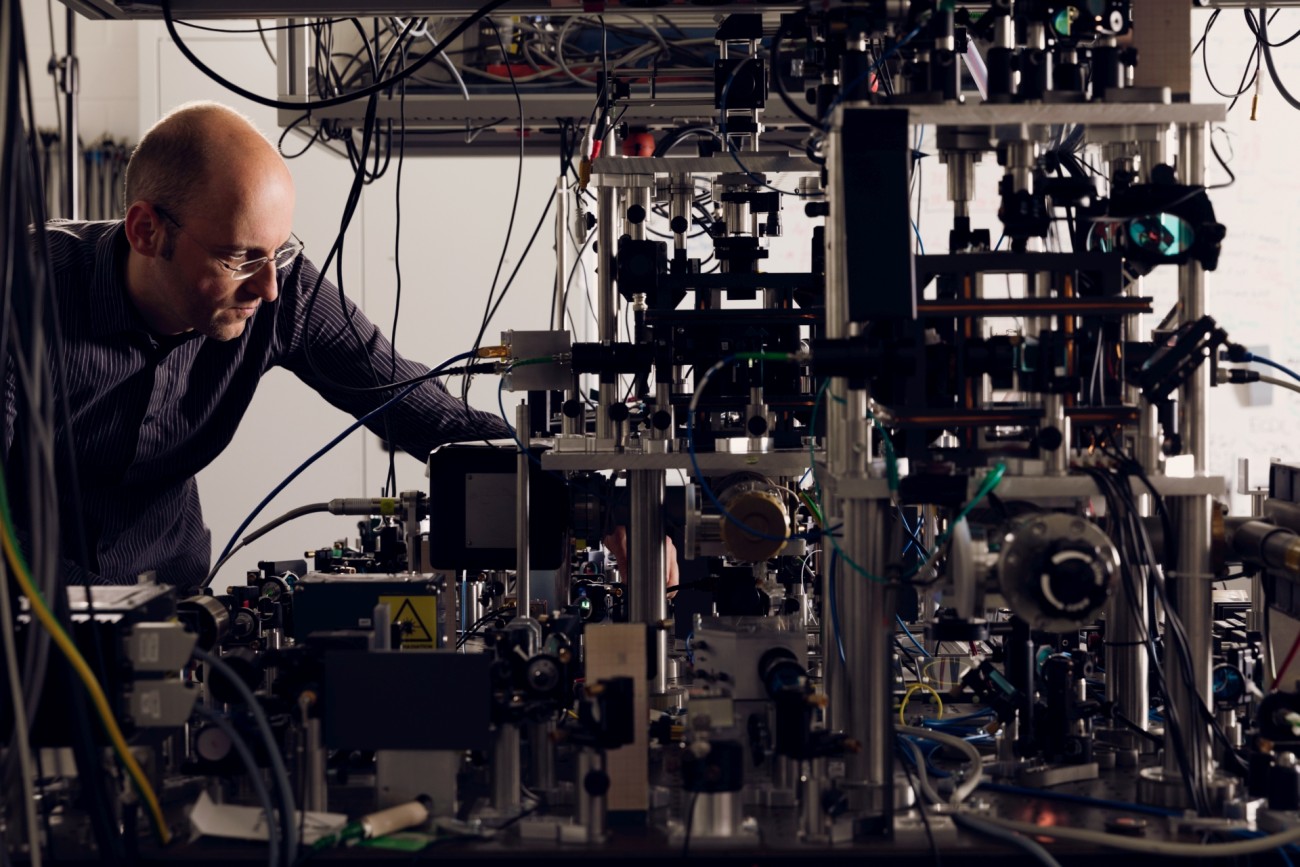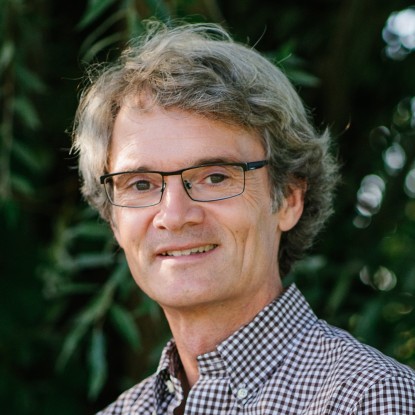Future quantum technologies require reliable light-matter interfaces. Photons, which are ideal long-distance and non-interacting carriers of information, need to be efficiently interfaced with, e.g, atomic media, which then can provide local storage and nonlinear optical interaction capabilities. This can be realized using, e.g., solid-state media or warm/cold atomic ensembles.
A figure of merit for the storage efficiency is the optical depth (OD), or density-length product of the atomic ensemble the photons are coupled to. This directly relates to the resonant linear transmission T=exp(-OD) of the ensemble. Furthermore, the figure of merit for efficient nonlinear optical interactions is the OD per atom, i.e., the ratio of atomic cross-section to the transverse area of the photonic mode.
Therefore, a light-matter interface providing both linear and nonlinear capabilities requires long interaction length between light fields and atoms as well as their tight transverse confinement for large mode overlap.
Hollow-core fibers of small core diameter loaded with atoms provide a solution to both these requirements. Here, tight transverse confinement is limited by the fiber length and not by the Rayleigh range as in free space.
In this research branch we explore laser-cooled atomic ensembles coupled into hollow-core fibers for their application to quantum technologies. One focus lies on the efficient guiding of atoms into/through such fibers using optical traps. The other focus lies on employing such light-matter interface to the field of quantum (nonlinear) optics, such as the generation of nonclassical light fields or bringing light pulses to a complete halt (stationary light).
Selected References
|
|
|
|
|
|
|
|




